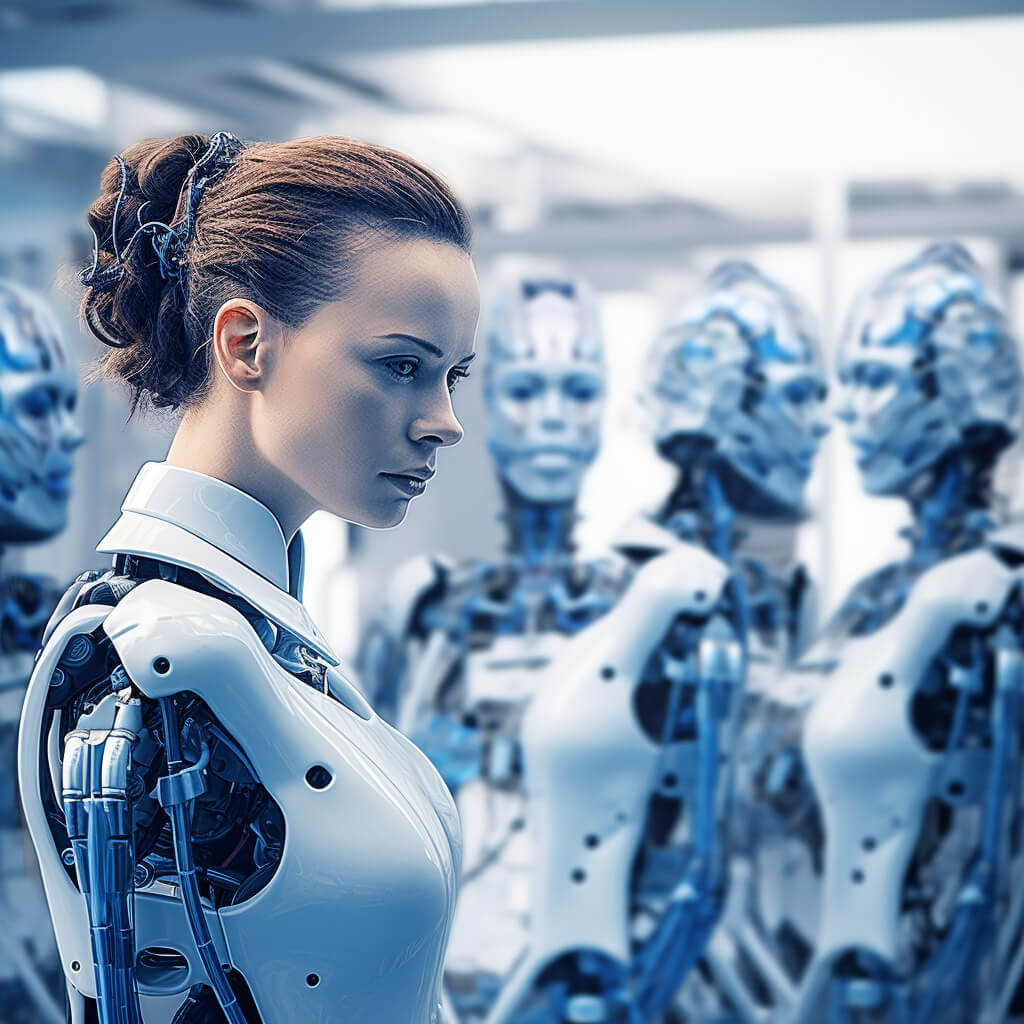In the rapidly evolving landscape of agriculture, the integration of artificial intelligence (AI) emerges as a pivotal force in addressing the sector’s persistent challenges. Labor shortages, particularly pronounced in rural areas, are a primary concern for agribusinesses. Jake Joraanstad, CEO at Bushel, asserts that AI presents a solution by automating tasks, offering a respite to an industry grappling with a diminishing workforce.
The rural nature of agriculture often makes it challenging to attract talent from urban centers, exacerbating the labor predicament. AI steps in to alleviate this burden, automating routine tasks and enhancing overall operational efficiency. As a result, agribusinesses can overcome the scarcity of labor, fostering sustainable growth.
Empowering farmer decision-making
Agriculture, fundamentally a supply-demand problem, encounters another hurdle in decision-making for farmers. The choice of crops to plant hinges on various factors, including market demand and weather patterns. Here, AI proves indispensable by analyzing vast datasets encompassing market trends and climatic conditions. Jake Joraanstad emphasizes the potential for AI to provide actionable insights, empowering farmers to make informed decisions that optimize crop production.
Consider the scenario where a farmer, armed with AI-generated information, can discern the rising demand for corn and the declining interest in soybeans. Armed with such knowledge, farmers can strategically plan their crops, leading to increased yields and, ultimately, better prices for consumers at the grocery store.
Financial management and market analysis
Beyond operational efficiency and decision support, AI infiltrates the financial realm of agriculture. Financial management tools powered by AI aid farmers in understanding their fiscal needs throughout the year. This knowledge contributes to better financing options, reducing market volatility. For farmers relying on substantial operating loans, AI’s ability to predict and communicate positive outcomes can lead to more favorable loan rates, a crucial advantage in the current economic landscape.
Supply chain management and market analysis stand as additional frontiers where AI can revolutionize traditional practices. By processing extensive information, AI algorithms offer deeper insights into market trends, facilitating well-informed decisions on pricing and distribution. Jake Joraanstad underscores the transformative potential of AI in aligning agribusiness strategies with market dynamics.
Adoption challenges and future prospects
While the adoption of AI in agriculture is poised to bring transformative benefits, it encounters challenges such as resistance to change and concerns about misinformation. Farmers, driven by the urgency to address real pain points, are generally receptive to innovation. However, entrenched processes within agribusinesses pose resistance to change. Joraanstad identifies these middle players in the supply chain as the primary resistors to adopting AI-driven solutions.
As AI evolves, its role in agriculture is expected to expand beyond automation and decision support. Integration with existing technologies, such as satellite tracking and autonomous image recognition, presents a synergistic approach to monitoring crop distribution and assessing crop health. Moreover, in an era where plant genetics play a pivotal role in crop development, AI’s contribution to understanding genetic complexities and optimizing breeding programs becomes increasingly significant.
The future landscape of AI in agribusiness
Looking ahead, the promise of AI in agribusiness is immense. Jake Joraanstad aptly notes the tendency to overestimate the initial years of a technology while underestimating its long-term impact. The marriage of AI with other advanced technologies, such as satellite tracking and genetic analysis, paints a compelling picture of a transformed agricultural sector. From streamlining operations to enhancing decision-making and financial management, AI is set to be a cornerstone in the agricultural industry’s evolution.






